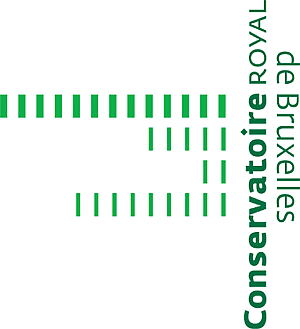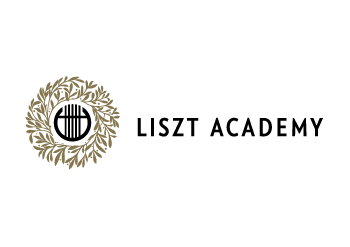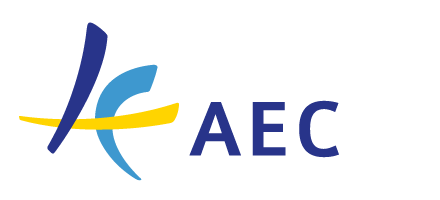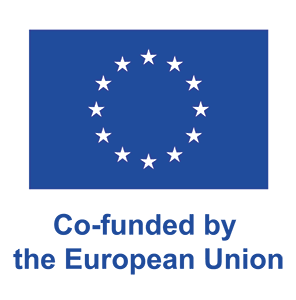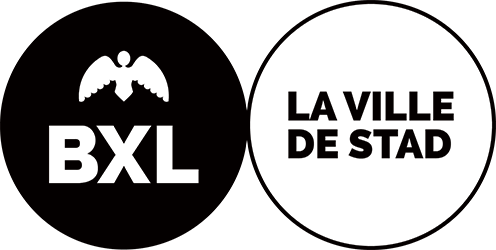For you who are a music teacher or ensemble leader, it is a great advantage to be able to arrange and write the music you are going to play in the ensemble or in the orchestra. You can then tailor an arrangement to suit your musicians. The arrangement thus becomes a tool, which you can use to work with the children’s musical development. In addition, you can quickly arrange a current, popular song on request. It undeniably gives a certain freedom not to have to wait for someone else to do it. Many music teachers and ensemble leaders find it rewarding to work with their own material, but that it is difficult and takes a long time. The Art of writing easily for young instrumentalists describes various working methods that will hopefully make the arranging work easier. If you just get started, it can eventually become a natural part of everyday work. Here you can learn different arranging techniques that work well for listening games. You will also learn to work quickly with the help of the so-called the build bit method, which works both when writing for a small ensemble or for a large orchestra. In the last chapter of the book, you will learn to write etudes that can be used in interaction between student and teacher. The book contains a number of inspiring music examples, with descriptions and comments that explain how different types of parts are structured, how to work with form, etc. Each chapter contains a sequence of exercises and then ends with a larger task. The appendix to the book contains valuable and practically useful information about various instruments, e.g. range of different instruments for children of different ages and simplified notation for chord instruments, bass and percussion.
Be a part of our european project !
This European project (KA 203 Strategic Partnership) created by Salvatore Gioveni promotes cross-border collaboration in the field of Music Theory through sharing knowledge and transferring pedagogical innovation. It thus responds to a lack of centralised source and framework to deepen reflection by means of cross-disciplinary study at European and international level.
There is a significant wealth of educational practices from one country to another in this sector, especially in terms of harmonic musical notation and analysis. However, HMEI's are facing the nonexistence of a European network for pedagogical staff in Music Theory so far. To improve the situation, the project will among other things develop several intellectual outputs such as Online Platform (IO 1), an EU Bibliography (IO 2), a Repository Courses (IO 3), a Multilingual Glossary (IO 4) and an Exchange Online Learning Platform.
Besides the Conservatoire royal de Bruxelles as leader and manager of the project, the following partner institutions are involved: Music Academy S. Moniuszki Gdańsk (Gdańsk, Poland), F. Liszt Academy of Music Budapest (Budapest, Hungary), Estonian Academy for Music and Theatre (Tallinn, Estonia), HfMTh "Felix Mendelssohn Bartholdy" (Leipzig, Germany).
 | 2025
| 2025
